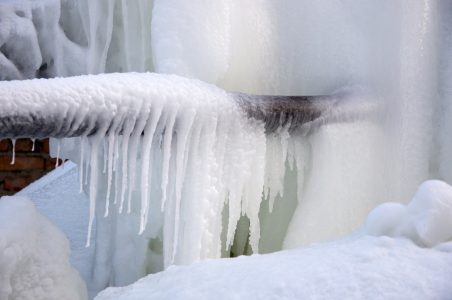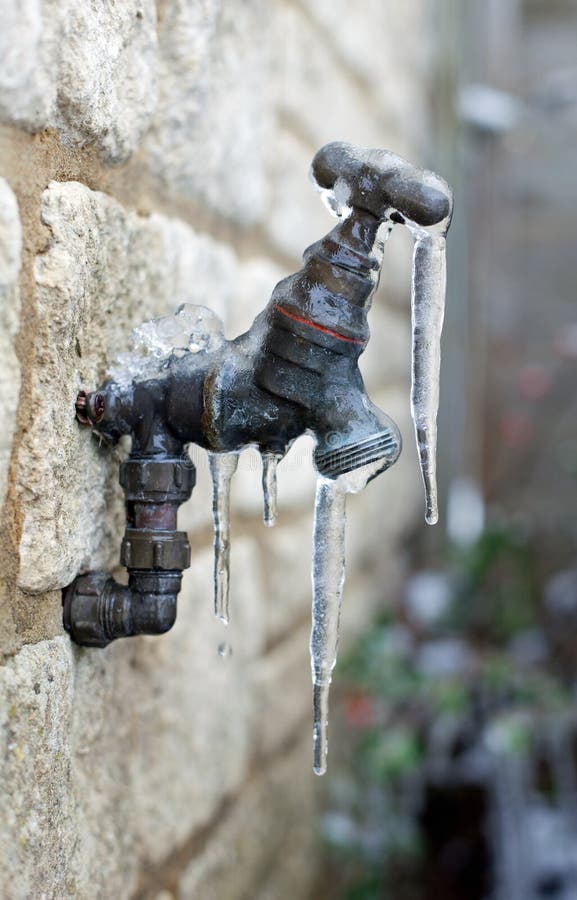How to Protect Your Plumbing from Freezing: Key Advice
How to Protect Your Plumbing from Freezing: Key Advice
Blog Article
They are making a few great points regarding 6 Ways to Prevent Frozen Pipes in general in the content below.

Cold weather can wreak havoc on your pipes, specifically by freezing pipelines. Right here's exactly how to avoid it from taking place and what to do if it does.
Intro
As temperatures decline, the danger of frozen pipelines rises, potentially leading to costly fixings and water damages. Understanding exactly how to stop frozen pipes is essential for home owners in cool environments.
Recognizing Icy Pipelines
What triggers pipes to freeze?
Pipes freeze when exposed to temperatures listed below 32 ° F (0 ° C) for extended durations. As water inside the pipelines freezes, it broadens, taxing the pipe walls and possibly creating them to burst.
Dangers and problems
Icy pipes can result in water disruptions, building damages, and expensive repair work. Burst pipes can flood homes and cause comprehensive structural damage.
Signs of Frozen Pipeline
Identifying frozen pipelines early can stop them from breaking.
Just how to determine frozen pipes
Seek lowered water circulation from faucets, uncommon smells or noises from pipes, and visible frost on revealed pipelines.
Prevention Tips
Insulating at risk pipelines
Wrap pipes in insulation sleeves or make use of warmth tape to secure them from freezing temperatures. Concentrate on pipes in unheated or outside locations of the home.
Heating techniques
Maintain interior areas adequately warmed, particularly locations with plumbing. Open up cabinet doors to allow cozy air to circulate around pipelines under sinks.
Safeguarding Outdoor Pipes
Garden pipes and exterior faucets
Detach and drain pipes yard tubes before winter season. Set up frost-proof faucets or cover exterior taps with shielded caps.
What to Do If Your Pipelines Freeze
Immediate activities to take
If you suspect icy pipelines, maintain taps open up to relieve pressure as the ice thaws. Make use of a hairdryer or towels taken in warm water to thaw pipes slowly.
Long-Term Solutions
Architectural changes
Take into consideration rerouting pipes away from outside wall surfaces or unheated areas. Include additional insulation to attics, cellars, and crawl spaces.
Updating insulation
Purchase top quality insulation for pipelines, attic rooms, and walls. Correct insulation helps maintain consistent temperature levels and minimizes the danger of frozen pipelines.
Verdict
Stopping frozen pipes calls for positive measures and fast reactions. By recognizing the causes, signs, and preventive measures, home owners can secure their plumbing during winter.
5 Ways to Prevent Frozen Pipes
Drain Outdoor Faucets and Disconnect Hoses
First, close the shut-off valve that controls the flow of water in the pipe to your outdoor faucet. Then, head outside to disconnect and drain your hose and open the outdoor faucet to allow the water to completely drain out of the line. Turn off the faucet when done. Finally, head back to the shut-off valve and drain the remaining water inside the pipe into a bucket or container. Additionally, if you have a home irrigation system, you should consider hiring an expert to clear the system of water each year.
Insulate Pipes
One of the best and most cost-effective methods for preventing frozen water pipes is to wrap your pipes with insulation. This is especially important for areas in your home that aren’t exposed to heat, such as an attic. We suggest using foam sleeves, which can typically be found at your local hardware store.
Keep Heat Running at 65
Your pipes are located inside your walls, and the temperature there is much colder than the rest of the house. To prevent your pipes from freezing, The Insurance Information Institute suggests that you keep your home heated to at least 65 degrees, even when traveling. You may want to invest in smart devices that can keep an eye on the temperature in your home while you’re away.
Leave Water Dripping
Moving water — even a small trickle — can prevent ice from forming inside your pipes. When freezing temps are imminent, start a drip of water from all faucets that serve exposed pipes. Leaving a few faucets running will also help relieve pressure inside the pipes and help prevent a rupture if the water inside freezes.
Open Cupboard Doors
Warm your kitchen and bathroom pipes by opening cupboards and vanities. You should also leave your interior doors ajar to help warm air circulate evenly throughout your home.

We hope you liked our section about Preventing and dealing with frozen pipes. Thank you for taking the time to read through our post. Make sure you take the time to share this write-up if you enjoyed it. I value reading our article about 6 Ways to Prevent Frozen Pipes.
Information Report this page